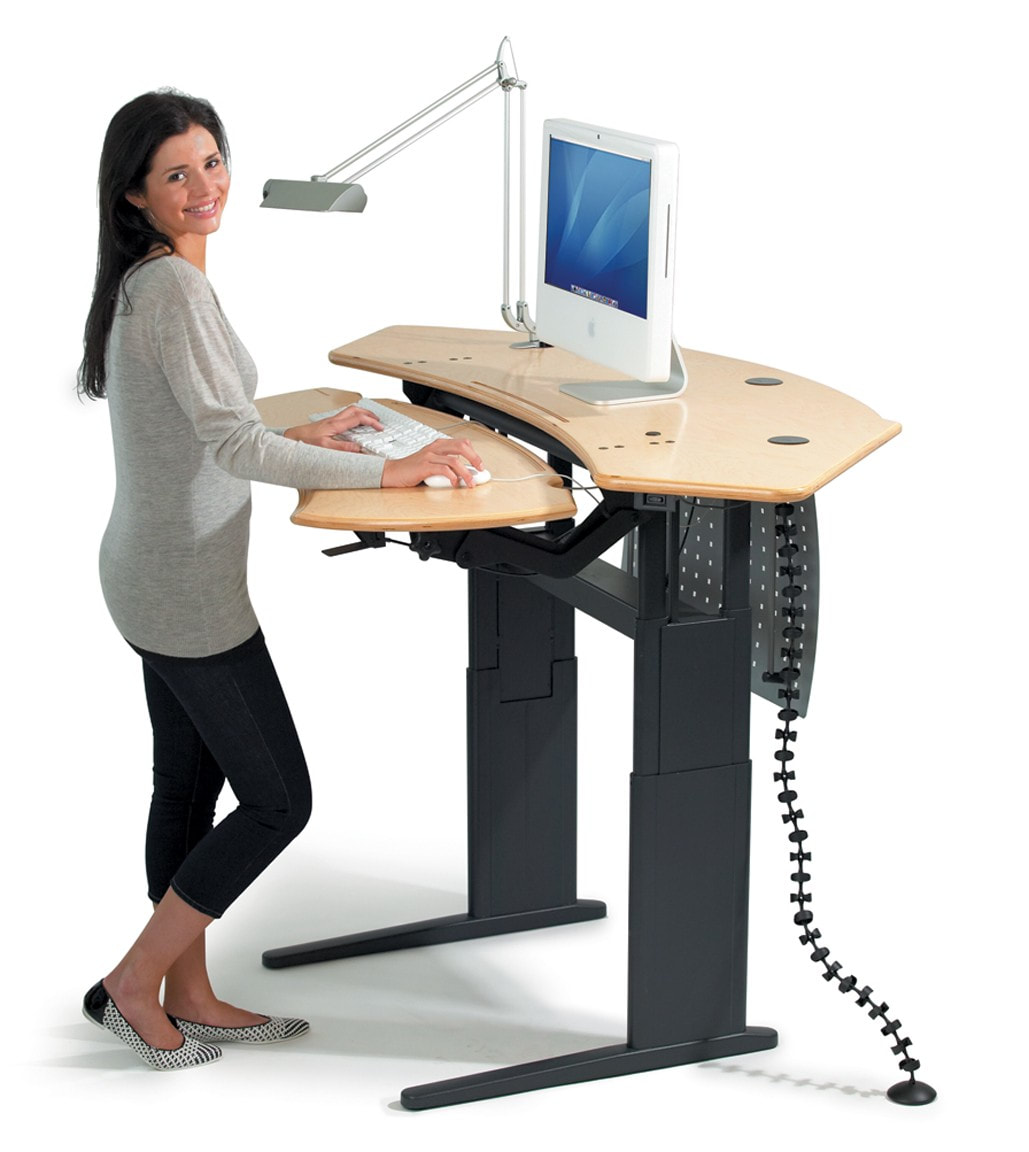I saw an interesting article today posted back in August 2017
The article urges uses of NSAIDS (Non Steroidal Anti Inflammatory Drugs) to exercise caution as they significantly increase the risk of Heart Disease and stroke.
The warnings from the FDA point out:
Their advice: Using NSAIDs safelyTaking an NSAID for a headache, or for a few days to ease a sore shoulder isn’t likely to cause a heart attack or stroke. It’s more prolonged use that can get risky.
In view of the warnings, it is best for people with heart disease to avoid NSAIDs if at all possible, and for everyone who is considering taking an NSAID to proceed with caution. Here are some strategies:
The most common over the counter NSAIDS in Australia - Voltaran, Ibruprofen (Nurofen), Celebrex, Advil.
So if you get chronic headaches and/or back pain and joint pain and you use these medications regularly. Do yourself a favour and try Chiropractic.
For the full articla:
https://www.health.harvard.edu/blog/fda-strengthens-warning-that-nsaids-increase-heart-attack-and-stroke-risk-201507138138
The article urges uses of NSAIDS (Non Steroidal Anti Inflammatory Drugs) to exercise caution as they significantly increase the risk of Heart Disease and stroke.
The warnings from the FDA point out:
- Heart attack and stroke risk increase even with short-term use, and the risk may begin within a few weeks of starting to take an NSAID.
- The risk increases with higher doses of NSAIDs taken for longer periods of time.
- The risk is greatest for people who already have heart disease, though even people without heart disease may be at risk.
- Previous studies have suggested that naproxen may be safer than other types of NSDAIDs, but the more recent evidence reviewed by the expert panel isn’t solid enough to determine that for certain.
Their advice: Using NSAIDs safelyTaking an NSAID for a headache, or for a few days to ease a sore shoulder isn’t likely to cause a heart attack or stroke. It’s more prolonged use that can get risky.
In view of the warnings, it is best for people with heart disease to avoid NSAIDs if at all possible, and for everyone who is considering taking an NSAID to proceed with caution. Here are some strategies:
- It’s important to take the lowest effective dose, and limit the length of time you take the drug.
- Never take more than one type of NSAID at a time. There appears to be risk associated with all types of NSAIDs.
- Try alternatives to NSAIDs such as acetaminophen. It relieves pain but does not appear to increase heart attack or stroke risk. However, acetaminophen can cause liver damage if the daily limit of 4,000 milligrams is exceeded, or if you drink more than three alcoholic drinks every day.
- If nothing else works and you need to take an NSAID for arthritis or other chronic pain, try taking week-long “holidays” from them and taking acetaminophen instead.
- If you experience chest pain, shortness of breath, or sudden weakness or difficulty speaking while taking an NSAID, seek medical help immediately.
The most common over the counter NSAIDS in Australia - Voltaran, Ibruprofen (Nurofen), Celebrex, Advil.
So if you get chronic headaches and/or back pain and joint pain and you use these medications regularly. Do yourself a favour and try Chiropractic.
For the full articla:
https://www.health.harvard.edu/blog/fda-strengthens-warning-that-nsaids-increase-heart-attack-and-stroke-risk-201507138138


 RSS Feed
RSS Feed